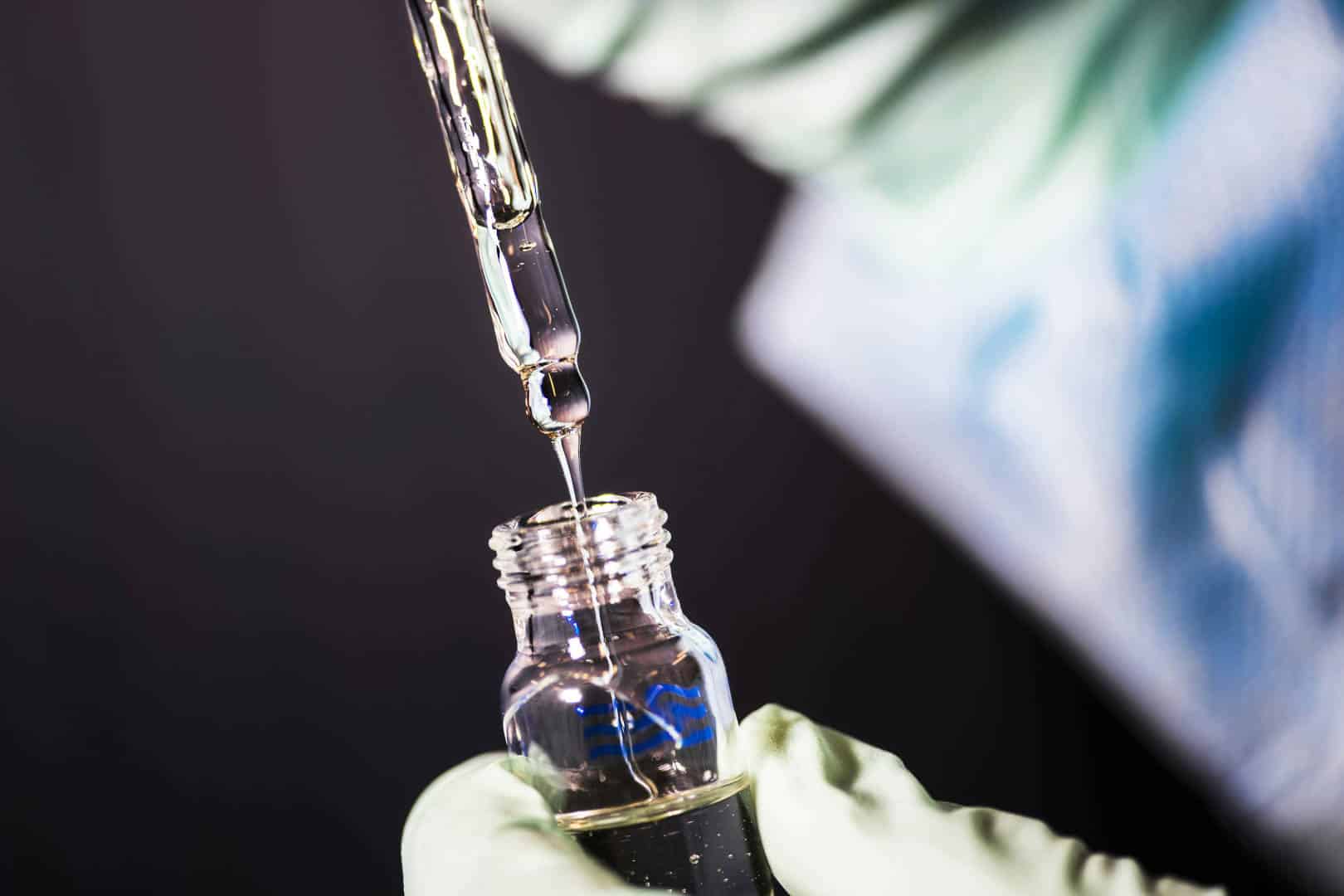Is Cloud Connectivity Worth the Investment?
We hear a few common questions asked by early-stage companies: how do I build in connectivity early? Is it worth it? Should our first prototypes be built with connectivity? Is this something we can afford to do at an early stage?
These are some difficult decisions to grapple with and we’re weighing those questions here. Is cloud connectivity worth it for medical devices?
The cost of connectivity
If you decide to go ahead and implement connectivity at an early stage, you might go out and engage with a custom software developer to help you manage the software side of a connected device. This will typically set you back anywhere from $500,000 to $1 million and take six to nine months of development time. You’re also managing risks of the development on top of the risks you have as a medical device manufacturer, in just creating the medical device itself.
Thereafter, the burden of that custom-developed software falls on you, the manufacturer. You need to ensure that updates happen, databases are maintained and that cybersecurity protocols meet very high standards. In other words, there’s a plethora of risks that you as a young company need to bear.
There is another option – you can go with a connectivity infrastructure that is already built for medical devices. The cost of doing this is …
One of the reasons we built Galen Data is to take some of that risk burden from medical device companies and put it on ourselves. This includes a lower cost and shorter time to develop. Some companies see the investment and burden involved with getting connected and it puts them off connecting their devices early – from our perspective, there are many good reasons to opt to go connected, so discounting connectivity for the early stages can mean missing out.
A lot of major medical device manufacturers have been moving toward connectivity for years, with several having spent several years putting in a large investment. We believe firmly that connectivity shouldn’t just be within the realms of the large, well-resourced companies; it should be accessible to anyone. There are plenty of examples of gadgets that are connected, including things like a “smart egg tray,” that alerts people via an app when their eggs are starting to go bad. Why shouldn’t a medical device have access to that connected technology, too?
Marketing opportunities from connecting early
There are many marketing opportunities associated with connecting your medical device early on. For example:
- Data aggregation. There is a slew of opportunities for layering services on top of data that could potentially be profit centers for young companies.
- Getting in-device data early can influence research and development for future improvements or devices. Essentially, having direct access to data gives you a faster lead time for gathering and understanding how people are using them or any feedback they may have.
- You could layer AI/machine learning on top of data to come up with new indications for use for the device. Machine learning is a powerful tool and relies on getting plenty of accurate data to “learn” from. You could discover new indications for use when aggregate data reveals users who have a condition you hadn’t considered before.
- It opens up options such as a “pay per use” model, which we’re seeing with some diagnostic companies. Connectivity and being able to track usage is vital to making this model work.
- Being able to gather data easily and then trace the outcomes for factors such as higher reimbursement. As we move toward more outcome-based care there is a higher onus on companies to prove that their therapies are working as intended. Harnessing data is a good way to prove this, tying patient outcomes to the therapy and being able to present that data for reimbursements.
- Gathering data more easily for clinical trials. The clinical trial process is extensive for new therapies and what often happens is the developing company has to fly someone to different hospitals to take down information. This eats up a ton of budget for young companies, and can open up the possibility of incorrect data when someone has to note it all down manually. Data from a connected device ensures higher fidelity of the data and means that the company doesn’t have to invest in so many trips. They can usually receive the data remotely and rely upon its accuracy.
- Connectivity can help you to reach different target markets you may not have thought of. For example, there is a focus on telemedicine now in the United States. Telemedicine can help physicians to reach underserved rural communities, but it’s also proving invaluable in cities and other populated areas where people have had to isolate themselves due to COVID-19. Connected devices allow for remote monitoring, meaning that patient data can be collected and analyzed without them having to go into a hospital.Remote monitoring has become huge. Recently we’ve even seen devices such as COVID monitoring patches, that have been created to monitor COVID symptoms and work remotely. This has a number of useful applications, including for people who work in or often visit nursing homes. They can help to prevent the disease from getting into these at-risk populations.Overseas markets are another big possibility that connectivity opens up. For example, mobile technology adoption has been rife in second and third-world countries, including areas of Africa and Asia, where many populations are underserved medically. Adding connectivity to a device, especially if it will work with mobile technology, can help get your device adopted in those areas. At the same time, you’re meeting a need that they have, which is why you develop medical devices in the first place!
- Having connectivity (or at least having it on your roadmap) can help to put you in a more competitive position. Without it, you may have left a large gap that competitors are able to fill, with the associated efficiencies and opportunities brought by connectivity. We believe every Class II and Class III device that produces data needs to have a roadmap for connectivity.
The bottom line…
Is cloud connectivity worth the investment? If you’ve got a medical device for which you’ve done thorough market research and discovered a clear need, getting it connected early on can give you multiple competitive advantages.
The advantages you have access to might even help to bring investors onboard, if that’s what you’re trying to do. Connectivity opens up a range of possibilities in the current market, as well as options for future directions.
While it’s true that using a developer to create your software capabilities can cost a huge amount, the other option is to use a service like Galen Data, where the connectivity infrastructure has already been built. For most companies, this works out to be very much worth the investment.








